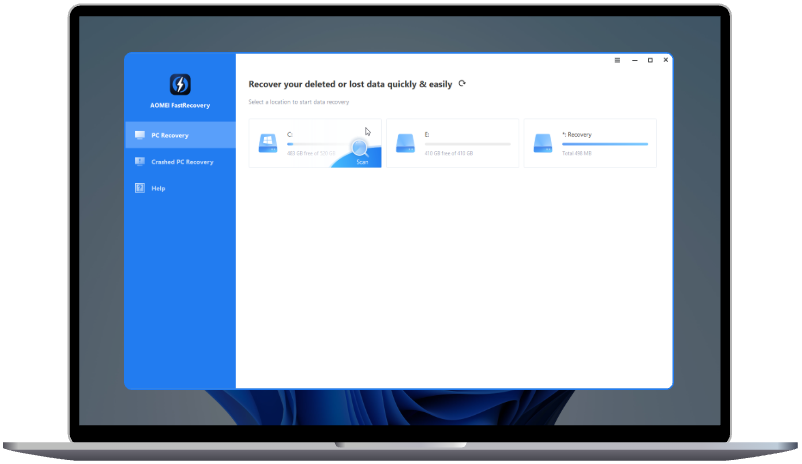Re imagine Your Computer: A Guide to Boosting Performance
Welcome to the ultimate guide on how to reimage a computer, a process that can breathe new life into your device. In this article, we will delve into the intricacies of reimaging, providing you with a detailed roadmap to enhance your computer's functionality.
Introduction
In the fast-paced world of technology, keeping your computer in top-notch condition is essential for optimal performance. One effective way to achieve this is by reimaging your computer. In this article, we'll delve into the intricacies of computer reimagining, guiding you through the process and highlighting its importance.
Understanding Reimaging
Reimaging a computer goes beyond the usual formatting process. It involves restoring the system to a predefined state, ensuring a clean slate while retaining essential files and configurations. This method proves invaluable in enhancing system efficiency and addressing persistent issues.
When to Reimage Your Computer
Recognizing the signs that indicate your computer needs reimaging is crucial. Slow performance, frequent crashes, and unexplained errors are signals that it might be time to refresh your system. Experts recommend reimaging annually or when significant issues arise.
Preparation Steps
Before diving into the reimaging process, meticulous preparation is key. Back up essential data to prevent data loss and identify the necessary software and drivers required post-reimaging.
Choosing the Right Reimaging Tool
Selecting the appropriate reimaging tool is pivotal for a successful process. Explore popular options and consider factors such as compatibility, user interface, and additional features before making a decision.
Step-by-Step Reimaging Process
Walk through the reimaging process step by step. This includes creating a system image, initiating the reimaging process, and restoring the system image to its pristine state.
Benefits of Reimaging
Discover the myriad benefits of reimaging, from improved system performance to enhanced security features. Reimaging also aids in eliminating unnecessary files and potential malware, contributing to a smoother computing experience.
Common Mistakes to Avoid
Avoid common pitfalls during the reimaging process, such as skipping data backup and choosing the wrong reimaging tool. These mistakes can lead to data loss or an unsuccessful reimaging attempt.
Troubleshooting Tips
In the event of errors during the reimaging process, equip yourself with troubleshooting tips. From addressing system image corruption to handling software conflicts, being prepared can save you from potential setbacks.
Post-Reimaging Best Practices
After successfully reimaging your computer, follow best practices like updating drivers and software. Implementing security measures ensures a protected and efficient computing environment.
Comparing Reimaging to Other Solutions
Contrast reimaging with formatting and system restore to understand the unique advantages it offers. Recognize when reimaging is the most suitable solution for your computer woes.
User Experiences
Read real-life stories of users who have benefited from reimaging. Learn about the challenges they faced and how reimaging resolved their computer issues.
Future Trends in Reimaging
Explore the advancements in reimaging technology and predictions for the future. Stay informed about emerging trends that could further enhance the reimaging process.
Conclusion
In conclusion, reimaging your computer is a powerful solution for boosting performance and resolving persistent issues. Consider this process as an investment in your computer's longevity and functionality. Take the plunge, reimagine your computer, and experience the difference firsthand.
FAQs
What is the main difference between reimaging and formatting?
Reimaging involves restoring a computer to a predefined state while retaining essential files and configurations, whereas formatting erases all data on the drive, resulting in a clean slate.
How often should I reimagine my computer?
Experts recommend reimaging annually or when significant issues such as slow performance and frequent crashes arise.
Can I use any external drive for creating a system image?
Yes, as long as the external drive has sufficient storage space and is compatible with the reimaging tool.
Are there any risks involved in the reimaging process?
Risks are minimal if proper precautions are taken, such as backing up important data and choosing a reliable reimaging tool.
Is reimaging a computer suitable for all operating systems?
Reimaging is generally applicable to various operating systems, but compatibility with specific tools may vary. Always check the tool's specifications for compatibility with your OS.

